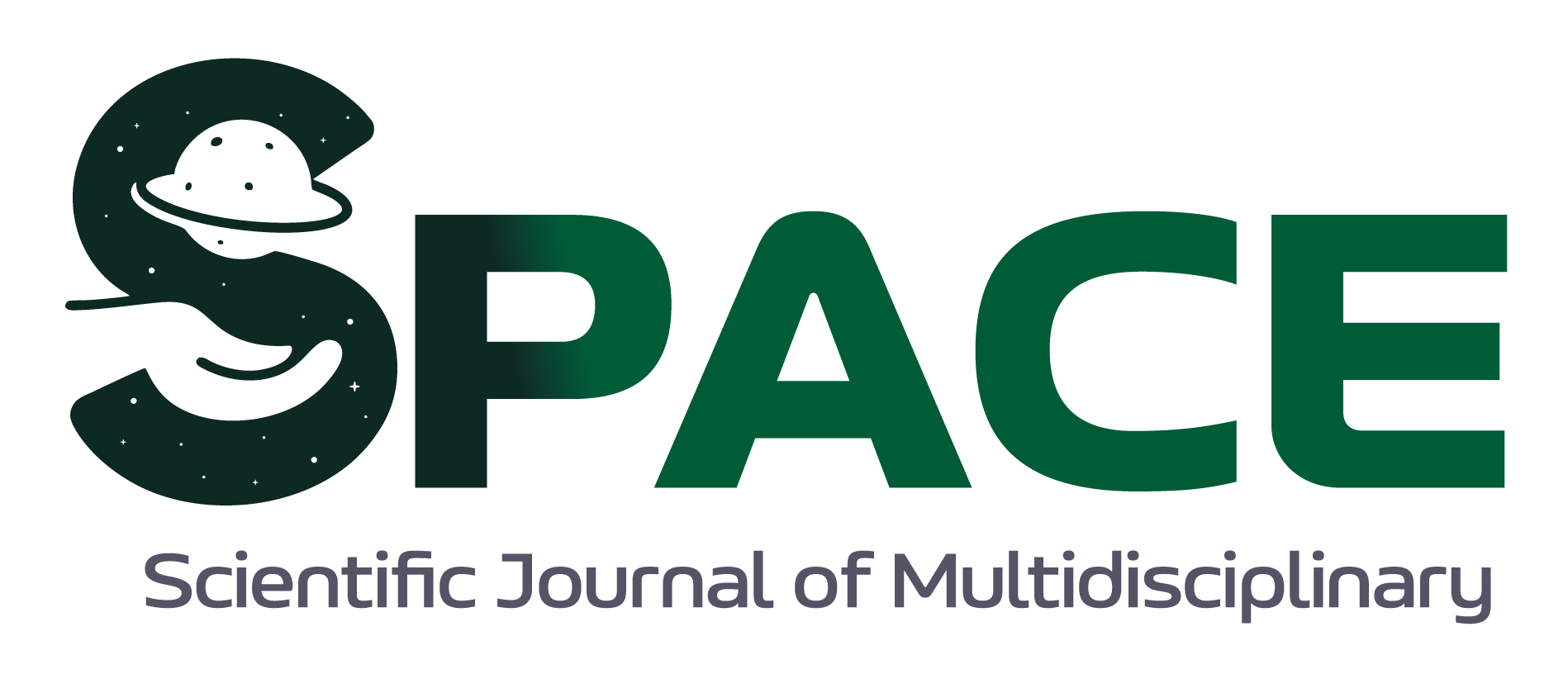Challenges of the circular economy for sustainable growth in developing countries
DOI:
https://doi.org/10.63618/omd/ssjm/v2/n1/25Keywords:
circular economy, developing countries, sustainable growth, structural barriers, linear consumptionAbstract
The current linear economic model, based on the logic of extraction, production, consumption and waste, has generated a worrying depletion of natural resources and an increase in environmental pressure, especially in developing countries. This problem has highlighted the urgent need to move towards sustainable alternatives such as the circular economy, which proposes closing production cycles through reuse, recycling and redesign. This study adopts a qualitative and exploratory approach based on a literature review of scientific literature indexed in Scopus and Web of Science, with the objective of identifying and analyzing the challenges faced by these economies in the adoption of this new paradigm. The main findings include structural barriers such as insufficient infrastructure, weak environmental regulations and lack of financing, as well as socio-cultural conditioning factors related to low environmental education, the predominance of informal recycling and linear consumption habits. It is concluded that the transition to a circular economy requires profound institutional reforms, public and private investment, and a sustained cultural change to achieve sustainable, resilient and inclusive growth.
Downloads
References
Aranda-Usón, A., Portillo-Tarragona, P., Marín-Vinuesa, L. M., & Scarpellini, S. (2019). Financial resources for the circular economy: A perspective from businesses. Sustainability, 12(3), 786. https://doi.org/10.3390/su11030888
Azeiteiro, U. M., Bacelar-Nicolau, P., Caetano, F. J. P., & Caeiro, S. S. (2015). Education for sustainable development through e-learning in higher education: Experiences from Portugal. Journal of Cleaner Production, 106, 308–319. https://doi.org/10.1016/j.jclepro.2014.11.056
Caicedo-Aldaz, J. C., Urgiles-Solorzano, A. S., & Moreira-Santamaria, M. J. (2022). Análisis del impacto económico de la reducción de precios del sector cacaotero, La Concordia 2019-2021. Journal of Economic and Social Science Research, 2(1), 1–17. https://doi.org/10.55813/gaea/jessr/v2/n1/43
Caldera, H. T. S., Desha, C., & Dawes, L. (2018). Exploring the characteristics of sustainable business practice in small and medium-sized enterprises: Experiences from the Australian manufacturing industry. Journal of Cleaner Production, 177, 338–349. https://doi.org/10.1016/j.jclepro.2017.12.265
Camacho-Otero, J., Boks, C., & Pettersen, I. N. (2018). Consumption in the circular economy: A literature review. Sustainability, 10(8), 2758. https://doi.org/10.3390/su10082758
Dias, S., & Samson, M. (2016). Informal economy and inclusive development: Re-thinking the role of waste pickers in solid waste management. In A. Brown (Ed.), Inclusive Urban Development in the Global South (pp. 208–224). Routledge.
Ghisellini, P., Cialani, C., & Ulgiati, S. (2016). A review on circular economy: The expected transition to a balanced interplay of environmental and economic systems. Journal of Cleaner Production, 114, 11–32. https://doi.org/10.1016/j.jclepro.2015.09.007
Hossain, M. U., Ahmed, A., & Ahmed, S. (2023). Circular economy and sustainable development: Barriers and enablers in developing countries. Journal of Cleaner Production, 409, 137104.
Kalmykova, Y., Sadagopan, M., & Rosado, L. (2018). Circular economy – From review of theories and practices to development of implementation tools. Resources, Conservation and Recycling, 135, 190–201. https://doi.org/10.1016/j.resconrec.2017.10.034
Kirchherr, J., Reike, D., & Hekkert, M. (2017). Conceptualizing the circular economy: An analysis of 114 definitions. Resources, Conservation and Recycling, 127, 221–232. https://doi.org/10.1016/j.resconrec.2017.09.005
Leal Filho, W., Salvia, A. L., Eustachio, J. H. P. P., Brandli, L., & Rayman-Bacchus, L. (2019). The role of higher education institutions in sustainability initiatives at the local level. Journal of Cleaner Production, 233, 1004–1015. https://doi.org/10.1016/j.jclepro.2019.06.059
Medina, M. (2007). The World's Scavengers: Salvaging for Sustainable Consumption and Production. Lanham: AltaMira Press.
Organisation for Economic Co-operation and Development (OECD). (2022). Financing climate action in developing countries: Strengthening domestic resource mobilization. OECD Publishing.
Schröder, P., Anggraeni, K., & Weber, U. (2018). The Relevance of Circular Economy Practices to the Sustainable Development Goals. Journal of Industrial Ecology, 23(1), 77–95. https://doi.org/10.1111/jiec.12732
Silva, M. E., Rosano, M., Stocker, L., & Gorissen, L. (2017). From waste to sustainable materials management: Three case studies of the transition journey. Waste Management, 61, 547–557. https://doi.org/10.1016/j.wasman.2016.11.038
United Nations Environment Programme (UNEP). (2021). Global Circular Economy Progress Report 2021. Nairobi: UNEP.
Wang, Z., Li, X., & Zhang, B. (2021). Residents’ green behavior and the influencing factors in developing countries—Taking the case of China. Resources, Conservation and Recycling, 167, 105399.
Wilson, D. C., Velis, C., & Cheeseman, C. (2006). Role of informal sector recycling in waste management in developing countries. Habitat International, 30(4), 797–808. https://doi.org/10.1016/j.habitatint.2005.09.005
Yuan, Z., & Xiang, H. (2022). Institutional barriers to circular economy in emerging economies: A governance perspective. Resources, Conservation and Recycling, 180, 106216.
Downloads
Published
Issue
Section
License
Copyright (c) 2024 Lobaco-Quintana, Patricia, Inga-Morán, Kerly Verónica, Palacios-Estrada, Michelle Catherine, Herrea-Villegas, Joselyn Jahayra (Autor/a)

This work is licensed under a Creative Commons Attribution-NonCommercial 4.0 International License.






 :
: